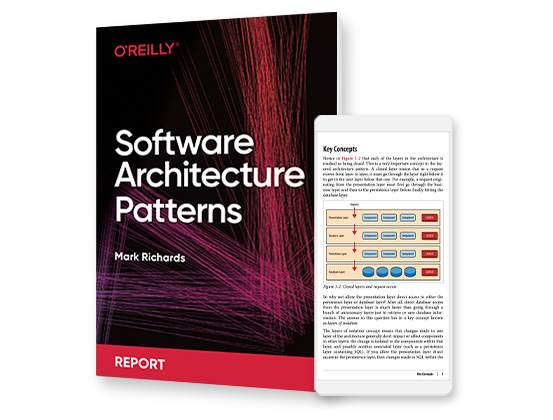Book description
Popular social networks such as Facebook and Twitter generate a tremendous amount of valuable data on topics and use patterns. Who's talking to whom? What are they talking about? How often are they talking? This concise and practical book shows you how to answer these questions and more by harvesting and analyzing data using social web APIs, Python, and pragmatic storage technologies such as Redis, CouchDB, and NetworkX.
With Mining the Social Web, intermediate to advanced programmers will learn how to harvest and analyze social data in way that lends itself to hacking as well as more industrial-strength analysis. Algorithms are designed with robustness and efficiency in mind so that the approaches scale well on an ordinary piece of commodity hardware. The book is highly readable from cover to cover as content progressively grows in complexity, but also lends itself to being read in an ad-hoc fashion.
Use easily adaptable scripts to access popular social network APIs including Twitter, OpenSocial, and Facebook
Learn approaches for slicing and dicing social data that's been harvested from social web APIs as well as other common formats such as email and markup formats
Harvest data from other sources such as Freebase and other sites to enrich your analytic capabilities with additional context
Visualize and analyze data in interactive ways with tools built upon rich UI JavaScript toolkits
Get a concise and straightforward synopsis of some practical technologies from the semantic web landscape that you can incorporate into your analysis
This book is still in progress, but you can get going on this technology through our Rough Cuts edition, which lets you read the manuscript as it's being written, either online or via PDF.
Table of contents
- Mining the Social Web
- Preface
- 1. Introduction: Hacking on Twitter Data
- 2. Microformats: Semantic Markup and Common Sense Collide
- 3. Mailboxes: Oldies but Goodies
- 4. Twitter: Friends, Followers, and Setwise Operations
- 5. Twitter: The Tweet, the Whole Tweet, and Nothing but the Tweet
- 6. LinkedIn: Clustering Your Professional Network for Fun (and Profit?)
- 7. Google+: TF-IDF, Cosine Similarity, and Collocations
- 8. Blogs et al.: Natural Language Processing (and Beyond)
- 9. Facebook: The All-in-One Wonder
- 10. The Semantic Web: A Cocktail Discussion
- Index
- About the Author
- Colophon
Product information
- Title: Mining the Social Web
- Author(s):
- Release date: February 2011
- Publisher(s): O'Reilly Media, Inc.
- ISBN: 9781449388348
You might also like
book
Mining the Social Web, 3rd Edition
Mine the rich data tucked away in popular social websites such as Twitter, Facebook, LinkedIn, and …
book
Mining the Social Web, 2nd Edition
How can you tap into the wealth of social web data to discover who’s making connections …
article
Reinventing the Organization for GenAI and LLMs
Previous technology breakthroughs did not upend organizational structure, but generative AI and LLMs will. We now …
article
Use Gemini to Rewrite Emails
Gemini is Google's answer to real time AI power. Unlike its well-known technological relative, ChatGPT, Gemini …

